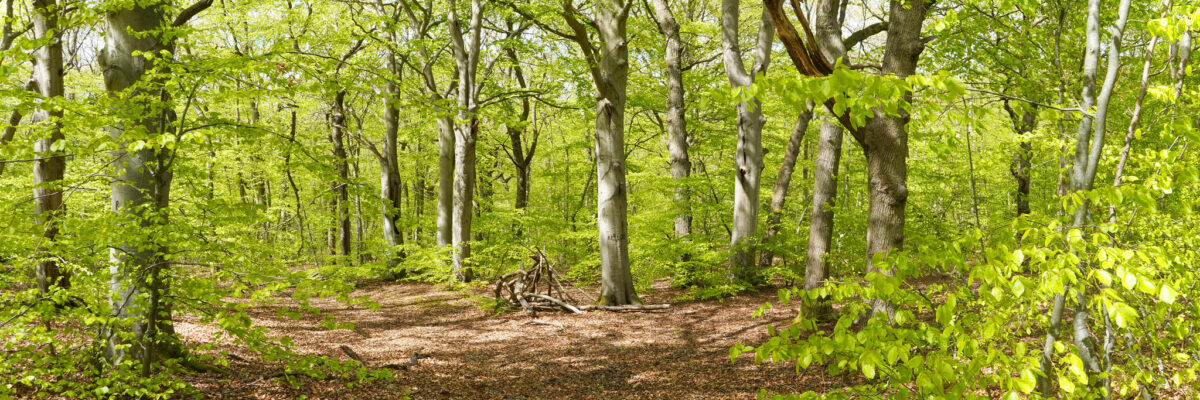Lowland Beech and Yew Woodland
2025 target
Restore 92 ha; create 49 ha
Current resource (Kent Habitat Survey 2012)
613 ha UK BAP priority habitat.
Rationale
Lowland beech and yew woodland is particularly distinctive in Kent with notable examples existing within the High Weald and Kent Downs Areas of Outstanding Natural Beauty. However beech is sensitive to drought and is likely to be particularly vulnerable to the projected changes in rainfall and temperature in the south-east of England, with beech and yew woodland on free-draining calcareous soils being most at risk. To build resilience, an increase of 15% is desirable by 2025 through a combination of restoration of conifer plantations on ancient woodland sites and new woodland creation. Currently agri-environment schemes are a key funding mechanism for this work and the proposals set out in the 25 YEP to design a new woodland creation grant scheme, involving landowners, farmers and stakeholders would suggest that some form of funding will continue, with a clear drive set out to incentivise larger scale creation to meet carbon goals and wider environmental benefits at a landscape scale. There are also likely to be opportunities for woodland creation and restoration as part of the environmental net gain principle taken forward through development.



